I treat my camera like I treat a car, it has one core job and that's what I use it for with very little interest or need for the peripheral add-ons and shiny new features that may also be part of that product. A car gets you from point A to B and everything else is fairly superfluous, sure there are often quality-of-life features but when it comes down to it, we buy a car for transport not seat warmers and illuminated mirrors in the sun visor. A camera, like a car, is a tool.
For me a camera has that same tool-like function, and in my work I buy and use a camera for that one goal of simply recording what's in front of me. As a result, I keep my cameras a very long time, and just like my cars I usually only replace them when they break beyond repair. This time was different though, I had my backup Nikon D600 and main D610 body for many, many years and although they didn't break beyond repair, I decided to upgrade to the Nikon D850 largely due to seeing a deal that was simply too good to miss.
The Nikon D850 is one of the newest full frame additions to the Nikon lineup and was released late in 2017.
Was the upgrade worth it?
Was the upgrade from the D610 to the D850 really worth it though? After all, I just said that I'm only looking for a camera to do one thing and that's take pictures. If the D610 took pictures well, did I really need to upgrade?
So to see if it was worth the upgrade I wanted to check the image quality of both cameras to really see for myself if the D850 hype was justified.
Beyond the marketing rat-race that is the megapixel war of 'more is better', I want to look at the actual results of the photos this D850 can take and as such I wont be focusing on all the fancy bells and whistles like touch screens and D-lighting improvements. I really want to get down to the core of photography here and that to me means image 'quality'.
Granted quality is a very personal and subjective topic and it's also something that is all to often unjustly associated with megapixels. The size of the file produced by the 24 megapixel D610 is 6016 x 4016px. This is clearly dwarfed by the monstrous D850's 46 megapixels and 8256 x 5504px file but is that really the deciding factor of quaintly?
Don't get wrong, megapixels plays a role in quality but just like buying a car with a top speed of 202mph and using it on roads limited to 80mph, it's nice to have but rarely ever actually used or more importantly needed. 99% of photographers will never need a file larger than 8 megapixels due to most of our work never ever leaving our screens. I use to use an old crop-frame, 8 megapixel camera for years commercially and those files were cropped into by art directors and blown up to billboard sizes without anybody noticing or complaining. Mega pixels are nice but ultimately rarely required.
So if I'm not looking at image quality from a megapixel perspective, how will I be judging 'quality' between these two cameras. I'll be looking at colour depth, tone separation, noise, latitude and anything at all that may influence the visual look and feel of a shot in my field of work, which is primarily artificially lit fashion and portraiture. If any of those factors are interesting to you as a digital photographer (that's a trick question by the way, they're fundamentally crucial to you) then let's get on with the test.
For my test I had to put stats aside and simply test it for myself and the following images and opinions are the results of those image tests. I've include all the images in a larger size on separate page too so you can make your own opinions too. They can be found here if you want to take a look.
If you're interested in the finer details of the D850 I highly recommend checking out these resources as they really know more than I'll ever want to know about the more technical aspects of the camera.
Nikon God, Ken Rockwell D850 Review
All around nice and safe review written by suspected androids DPReview D850 Review
The Nikon D610 and its predecessor the D600 served me well for many, many years but it was time to test out its much bigger brother. The D610 was originally released in mid 2014.
The Test
Okay so if you're still here, let's get started with some horrendously unscientific image quality tests and some utterly biased personal opinions.
I set up two tests; the first was a scene of colour that contained varying surfaces, textures and brightnesses and the second was purely a greyscale scene. The colour one was to observe colour depth and how the separation of colour was maintained across various surfaces and the greyscale one was to check highlight and shadow detail as well as moire issues and general exposure latitude.
Each of the scenes was shot on both the Nikon D610 and the Nikon D850 one after another and they were swopped on and off a tripod to maintain as close a match as I could plus they both used the exact same basic 28-105 f4 Nikon lens.
Both cameras were set to shoot their largest raw and if you're not familiar with the image quality on both of these cameras then here's the figures:
Nikon D610
- Full-frame CMOS sensor
- Effective pixels - 24 megapixels
- Max resolution - 6016 x 4016
Nikon D850
- Full-Frame BSI-CMOS Sensor
- Effective pixels - 46 megapixels
- Max resolution - 8256 x 5504
Okay so obviously this is not a fair fight whatsoever and it's no spoiler to say that we're expecting the D850 to outperform the D610 with ease, but the point of the test was to see by how much. Was it worth the upgrade when I was more than happy with D610 originally?
The Image Tests
There are an awful lot of hi-res images that go with this test and it took me an hour just to upload them. To avoid boring most of you I've put the final shots in a separate page so as to not cripple your computer under the weight of them, if you're interested in viewing the actual files then by all means check them out via this separate page here. I was pulling my hair out trying to upload them, so hopefully at least one person will find them useful. For the rest of us, let's look at the tests I performed, the settings and lighting I experimented with and then finally some side by side comparisons of the results.
The colour setup looked like this. The lighting I ended up going with was fairly flat but it was a mix of flash and ambient via the coloured LEDs that can be seen in shot too.
The greyscale setup was very similar and all that really changed was the scene and the coloured LEDs were turned to white.
The Shot Settings
There were six shots taken on each of the two cameras and of each of the two scenes.
The 6 shot settings were as follows:
- 1/8th Sec - f5.6 - ISO 200 - With Flash
- 1/8th Sec - f5.6 - ISO 200 - No Flash
- 1/8th Sec - f5.6 - ISO 200 - Flash overpowered by three stops
- 1/8th Sec - f5.6 - ISO 200 - Flash underpowered by three stops
- 1/125th Sec - f5.6 - ISO 3200 - With Flash
- 1/125th Sec - f5.6 - ISO 30 (Lo.1) - With Flash (this is technically a little overexposed but I really wanted to check the Lo. 1 without altering the other parameters too much)
D610 Colour & Greyscale Setups - No post pro changes applied.
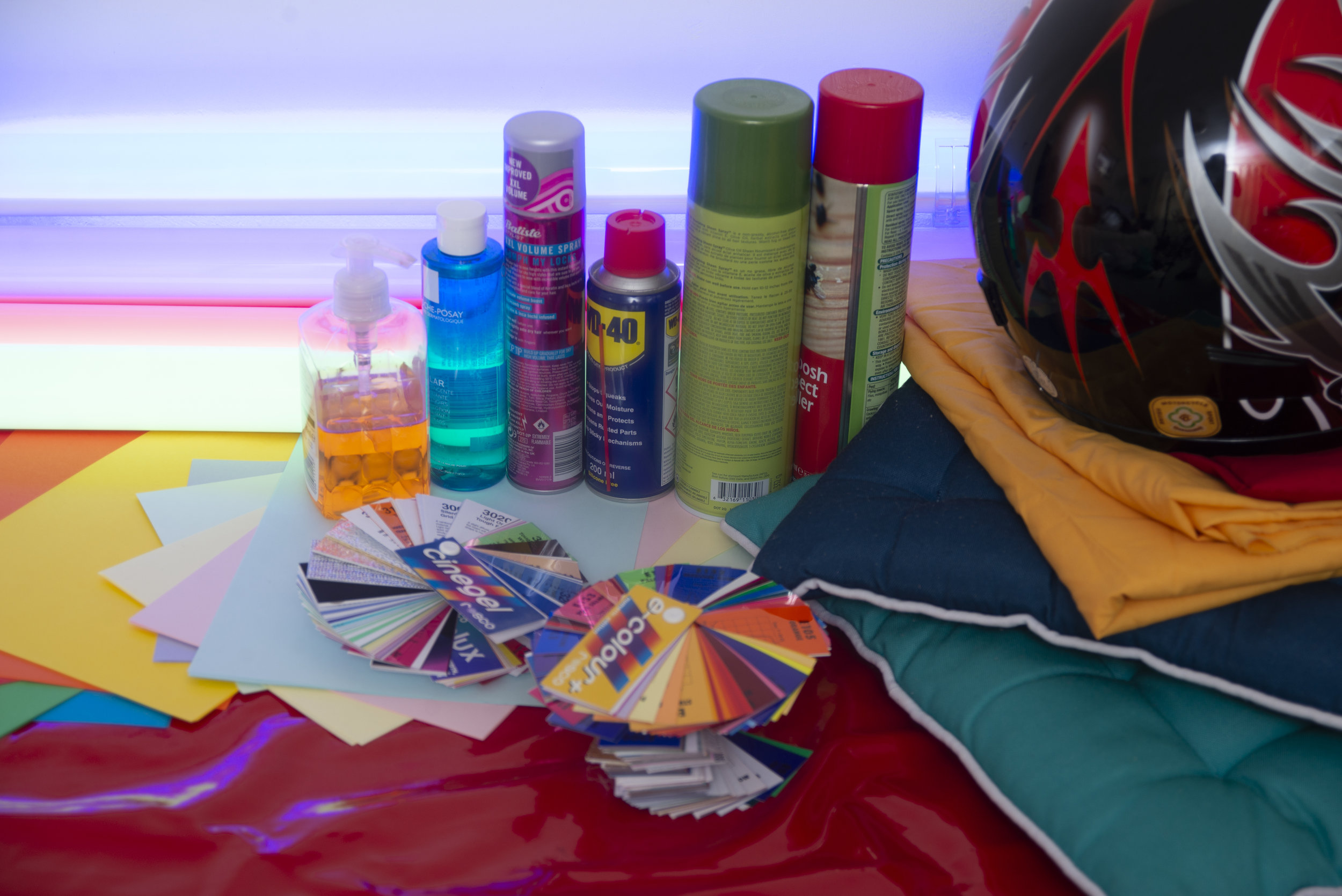
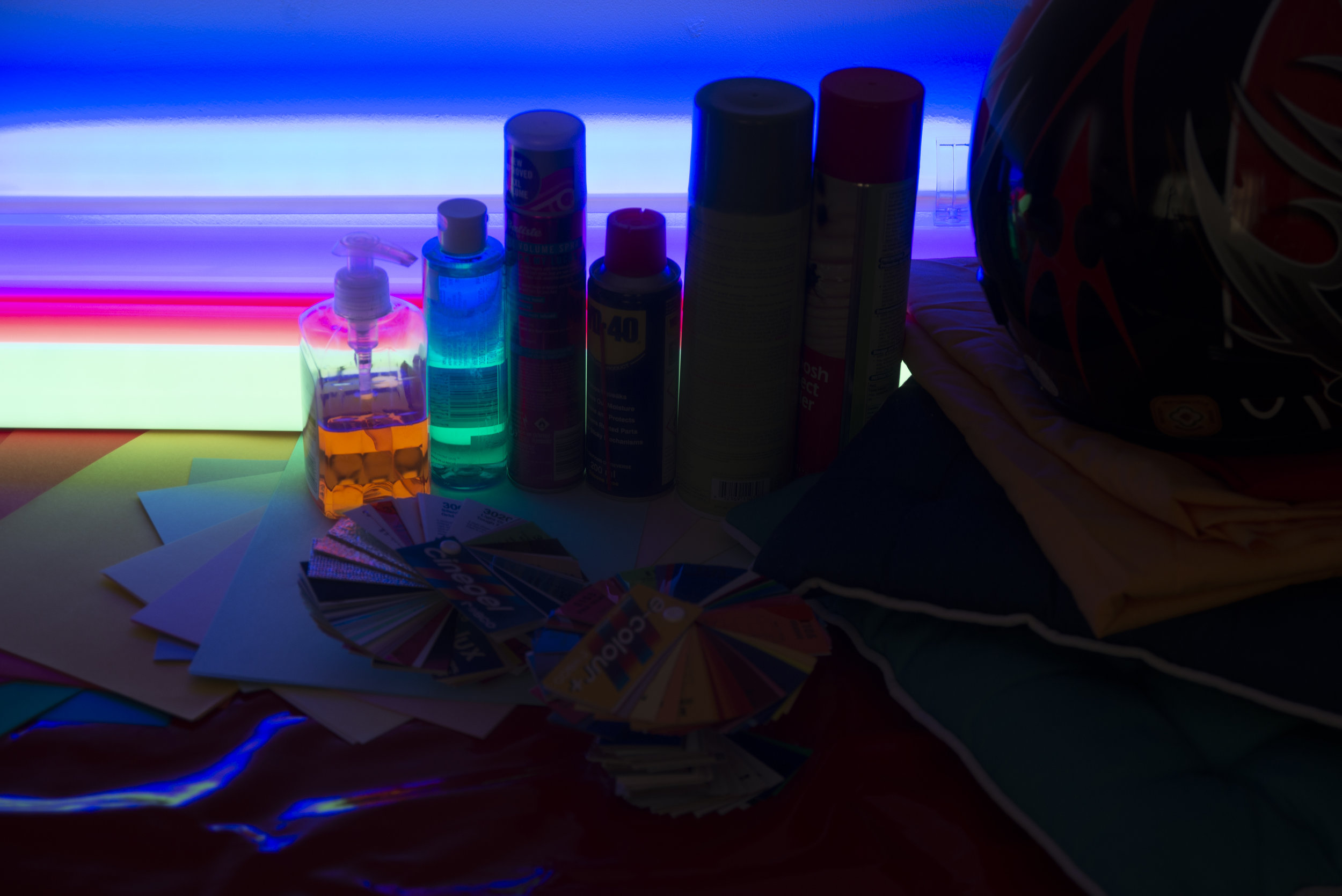
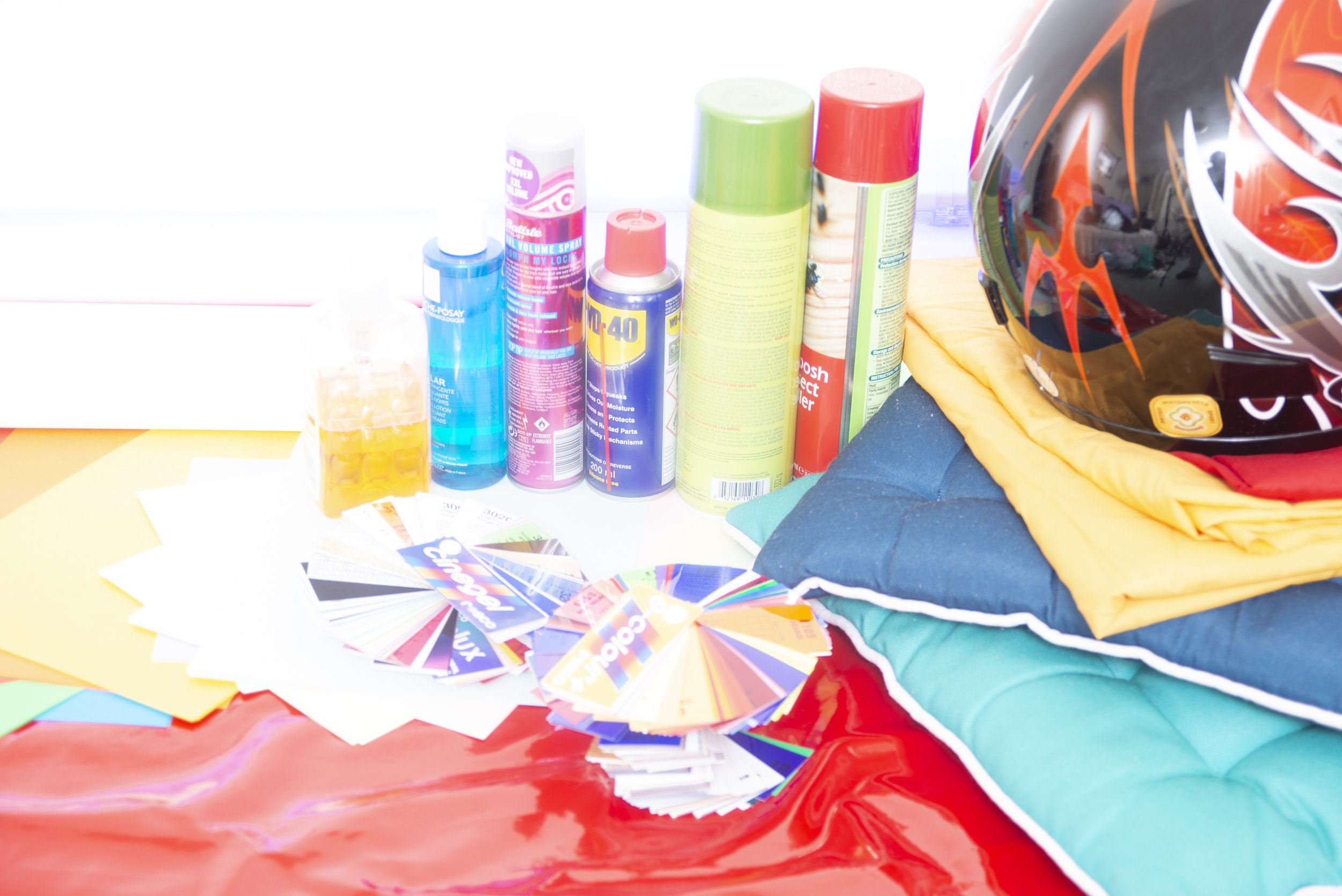
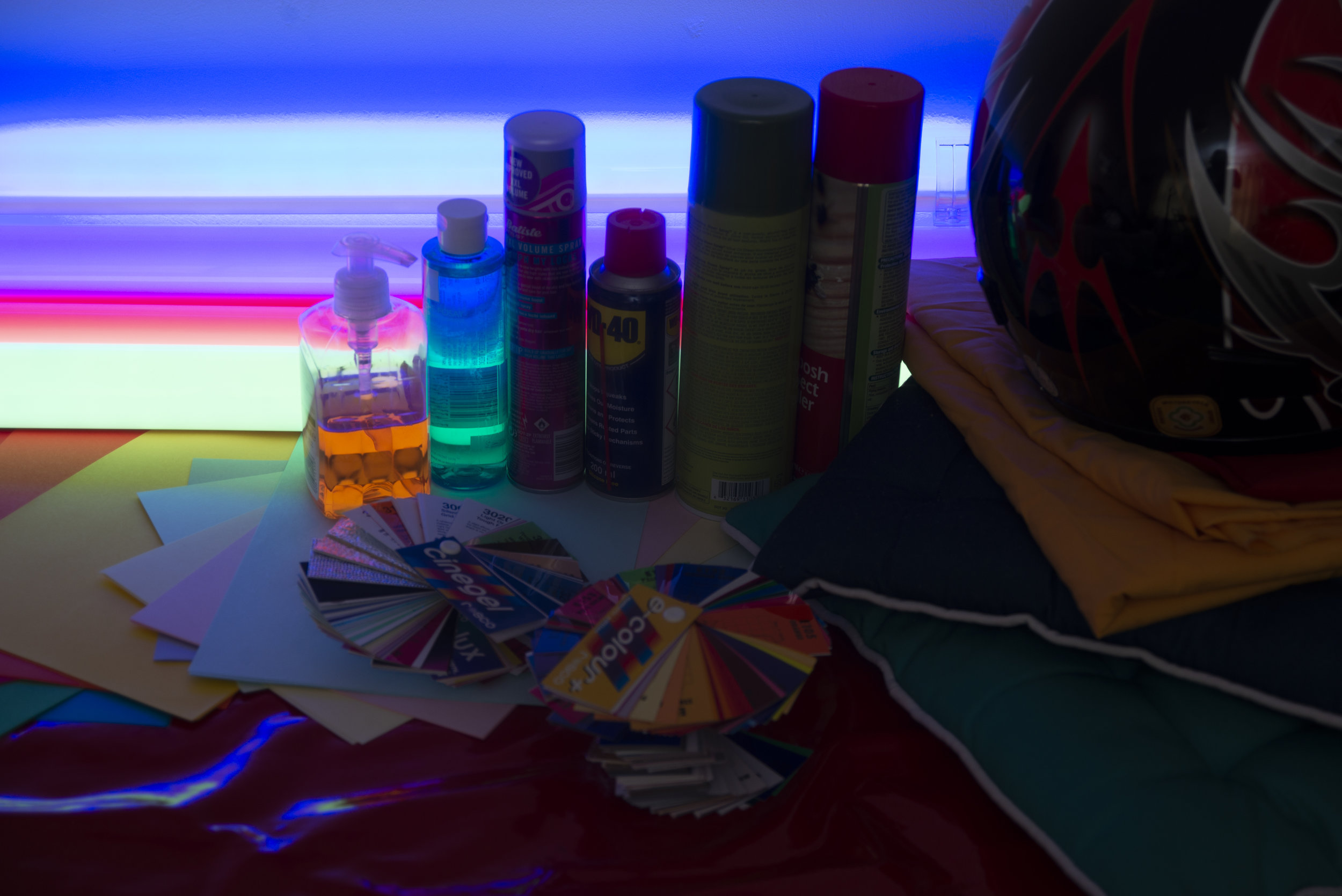

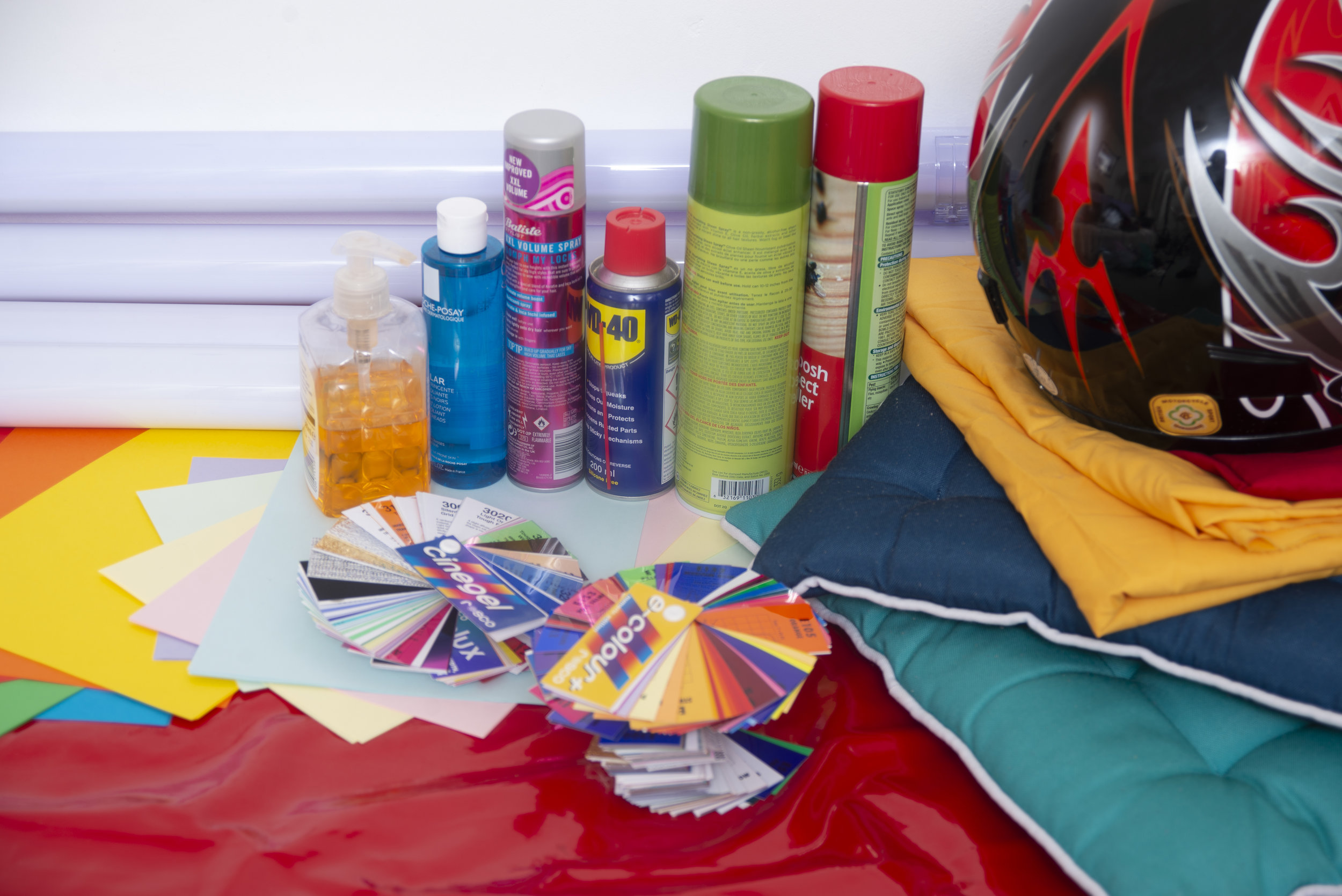
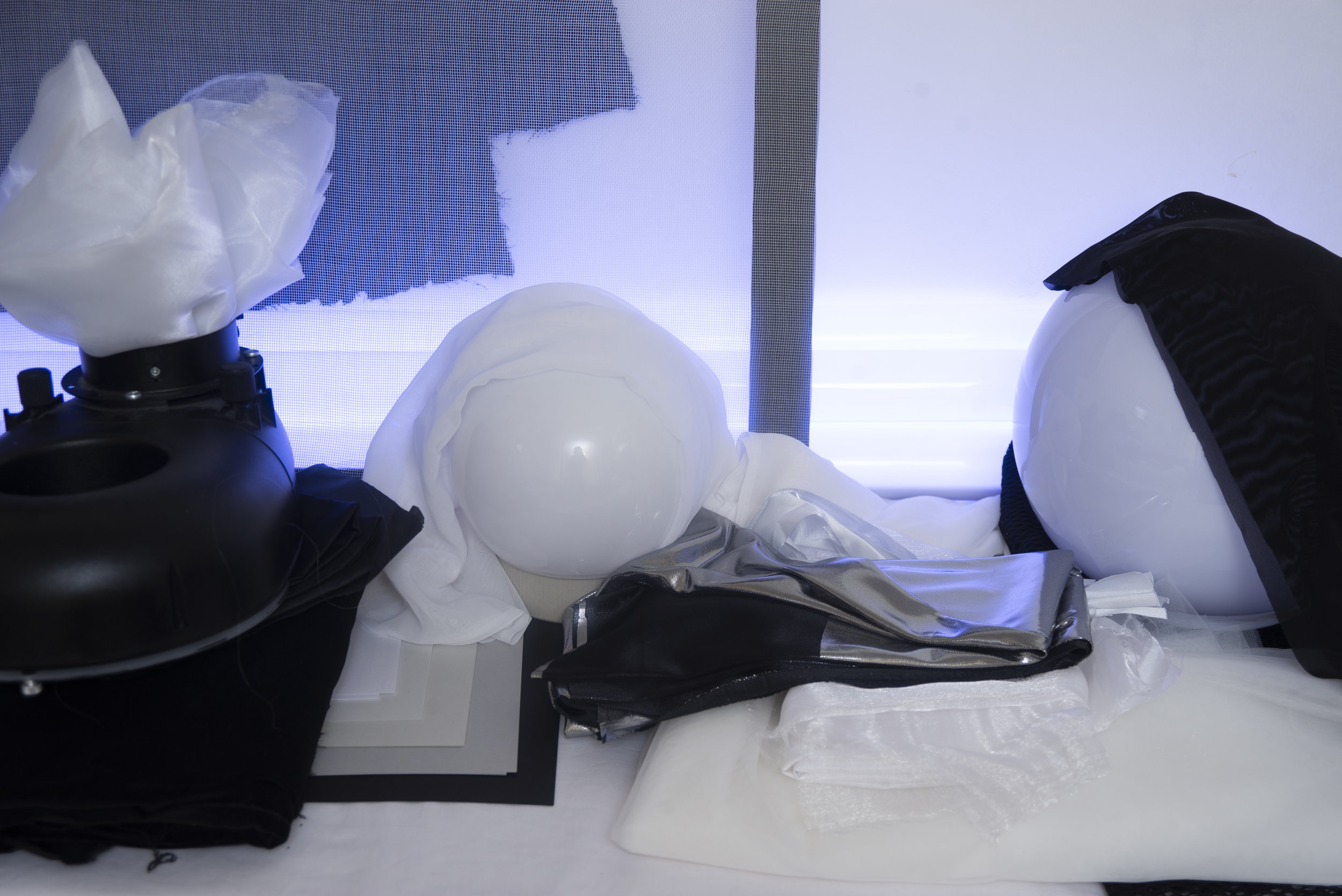
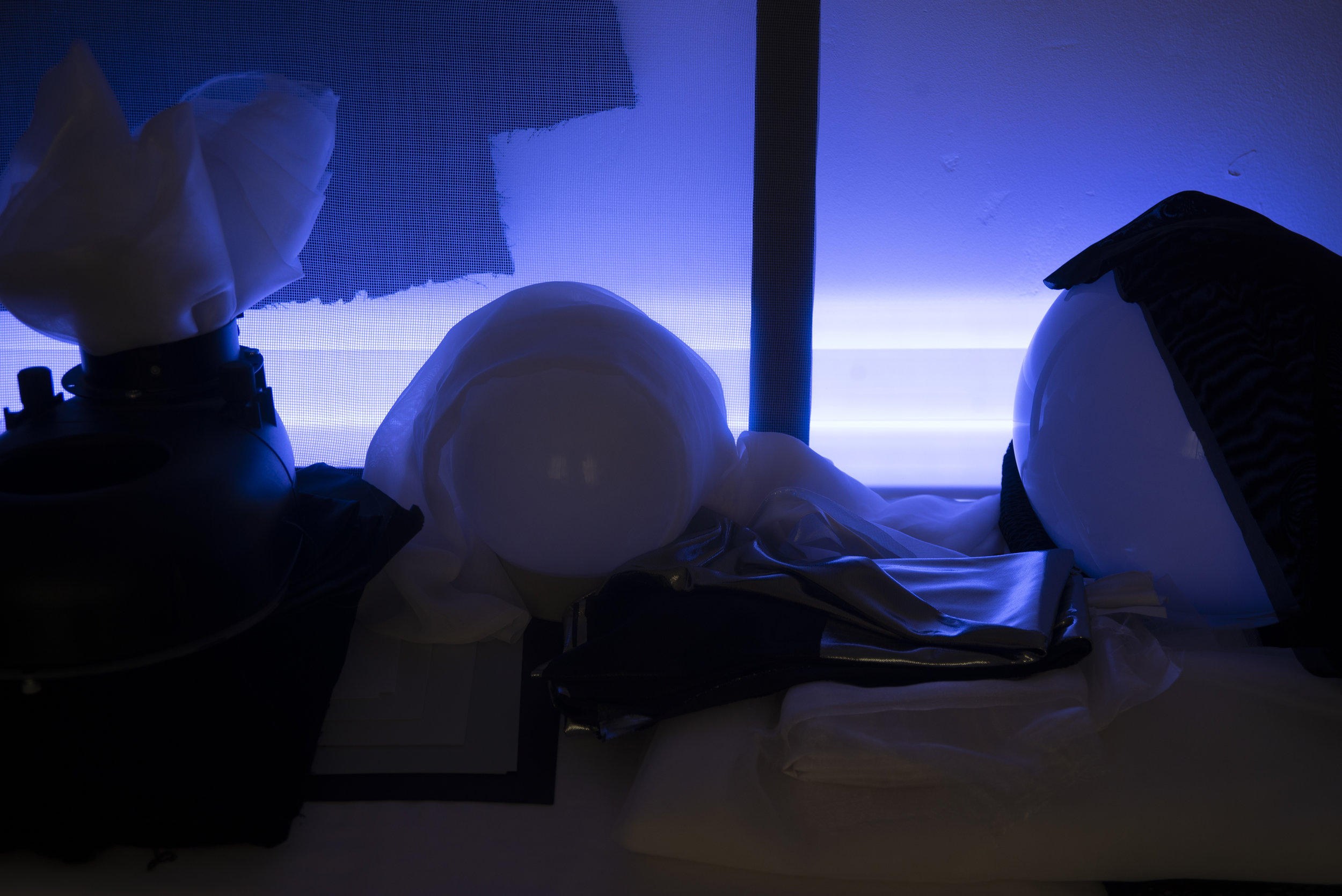
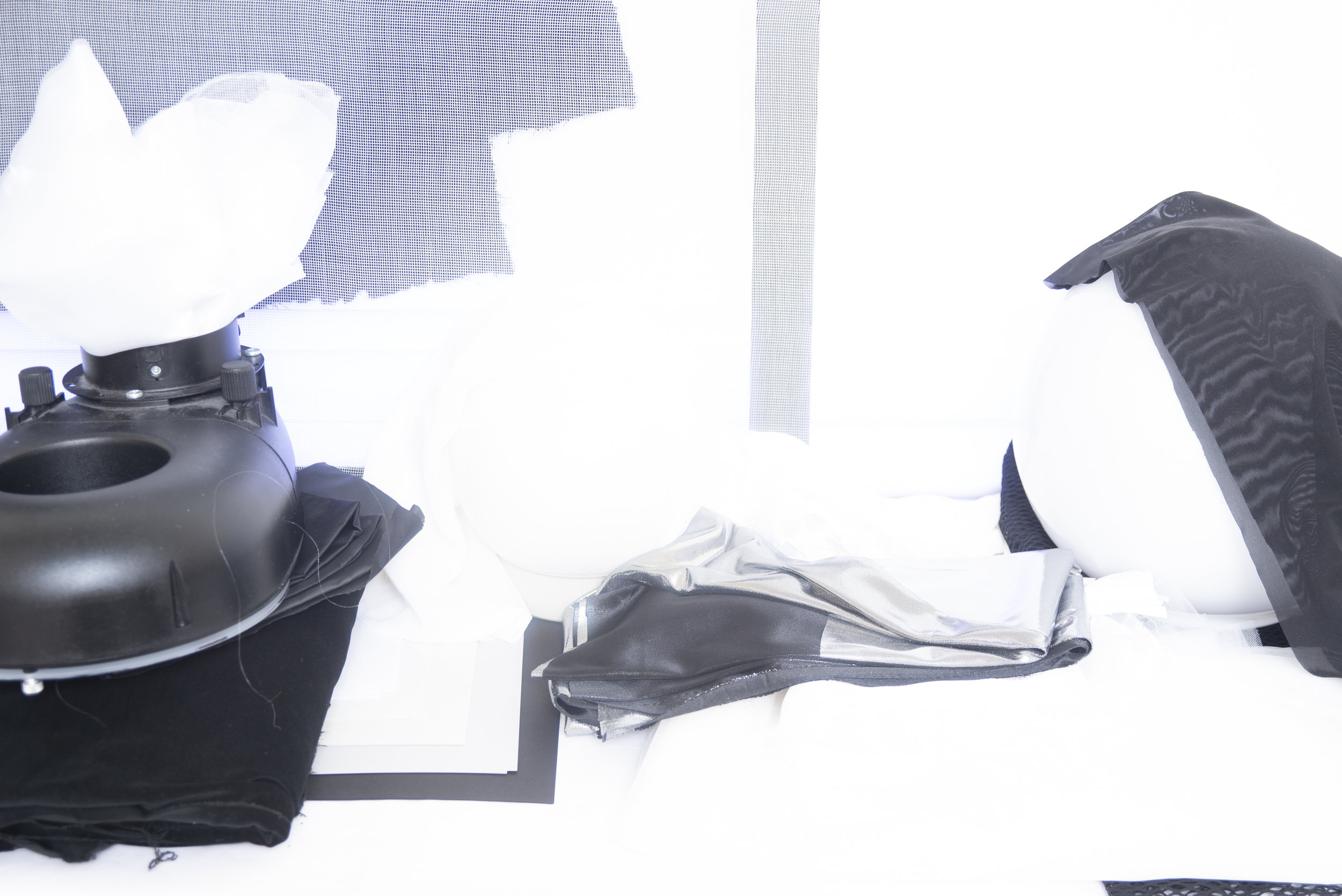
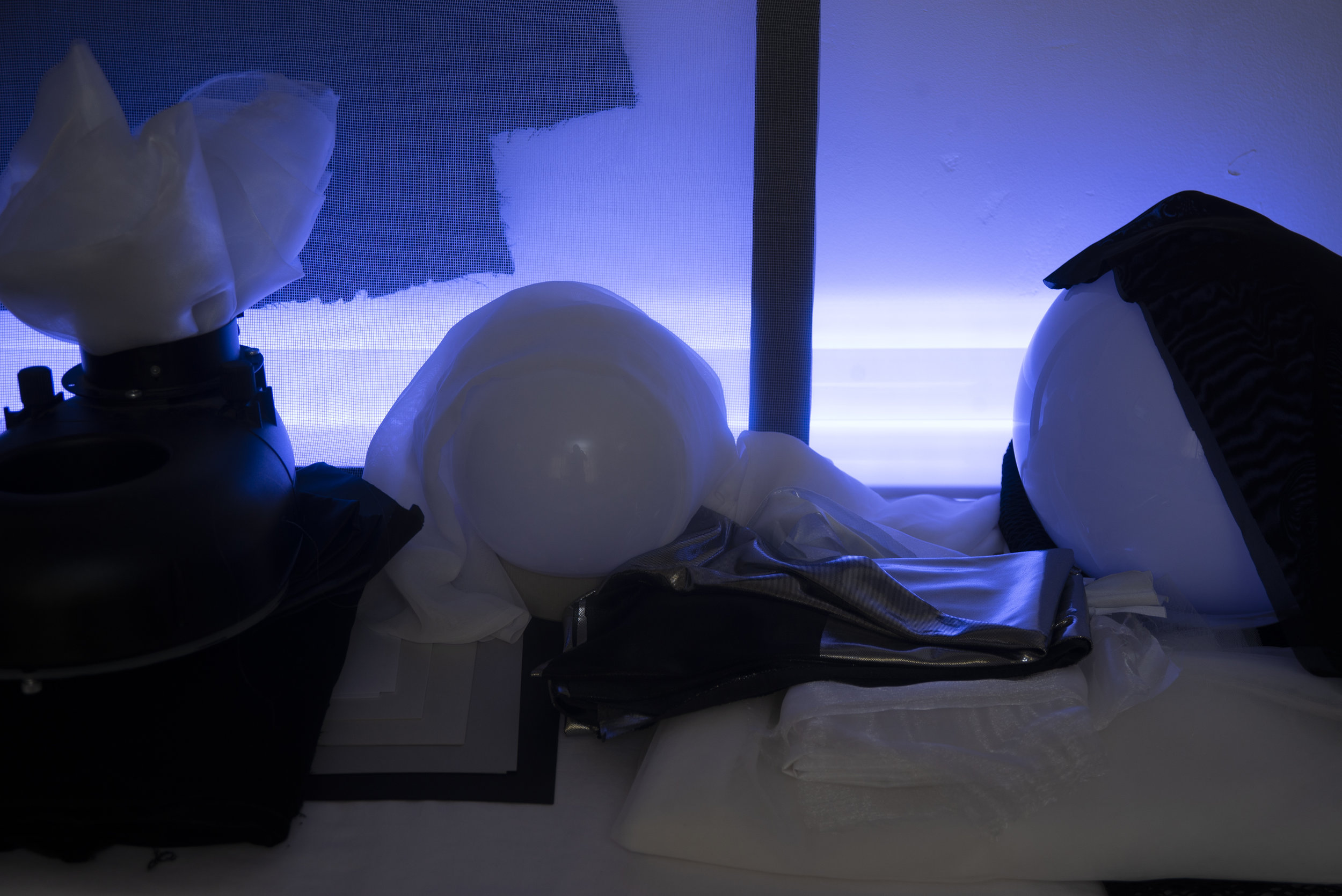
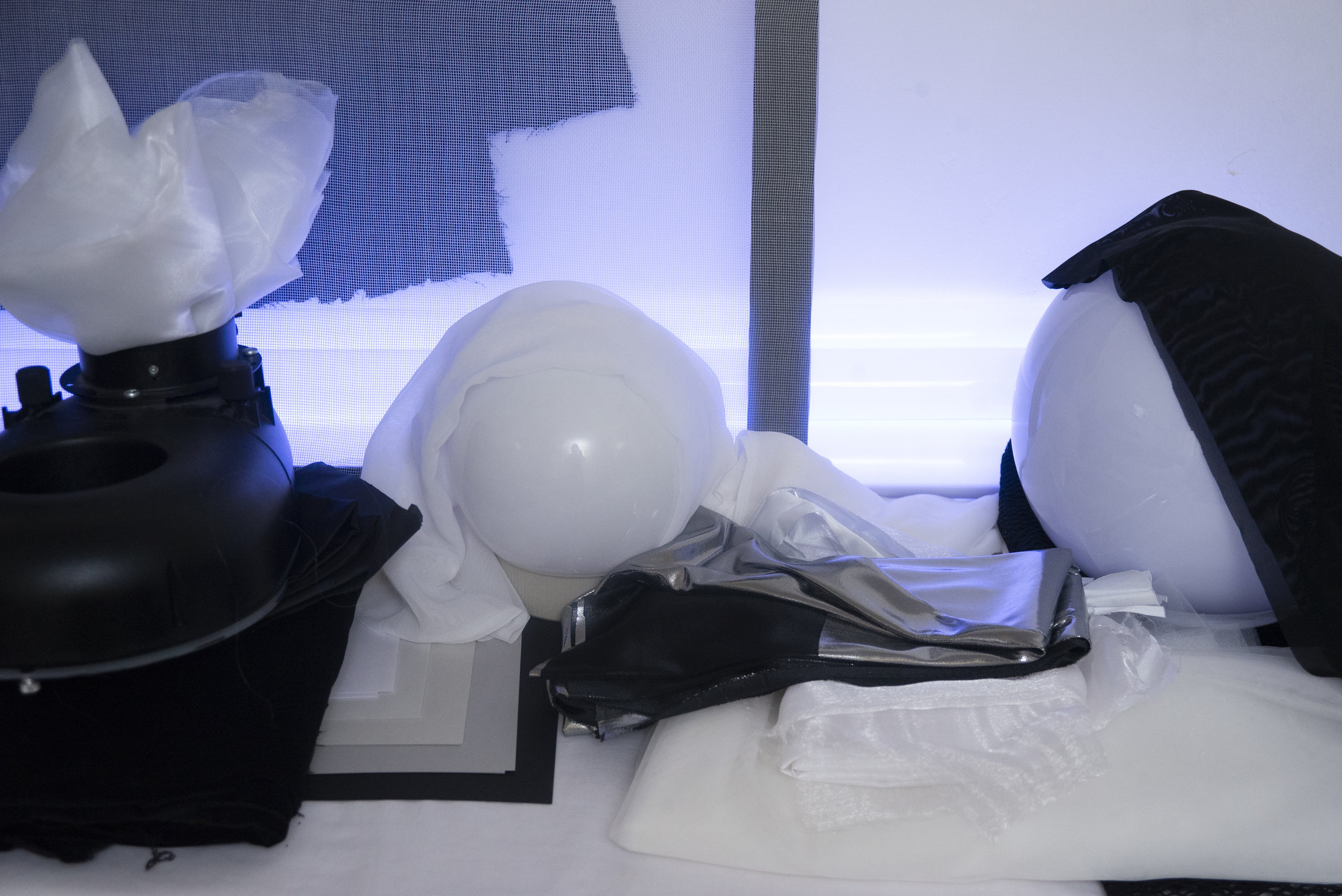
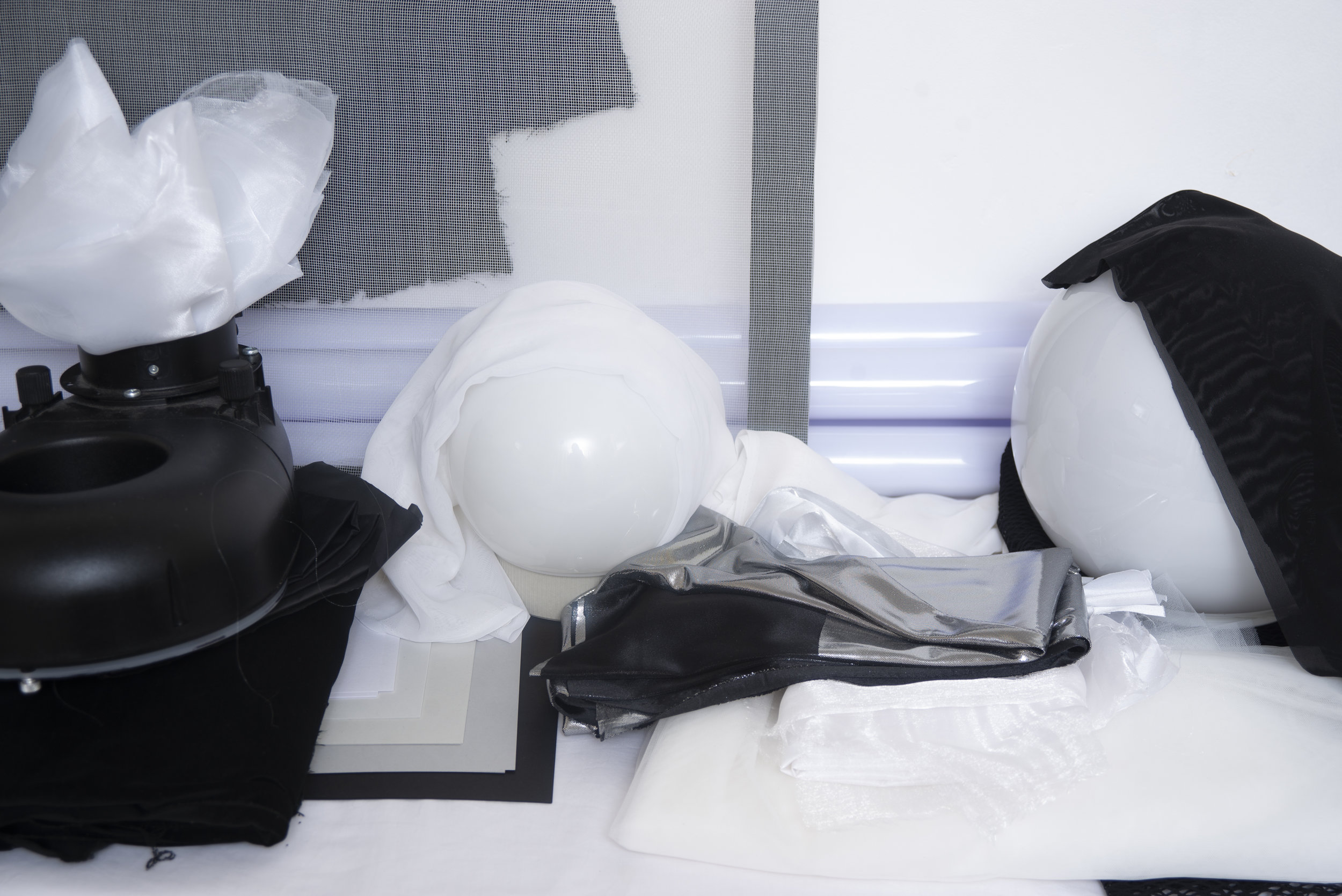
D850 Colour & Greyscale Setups - No post pro changes applied.




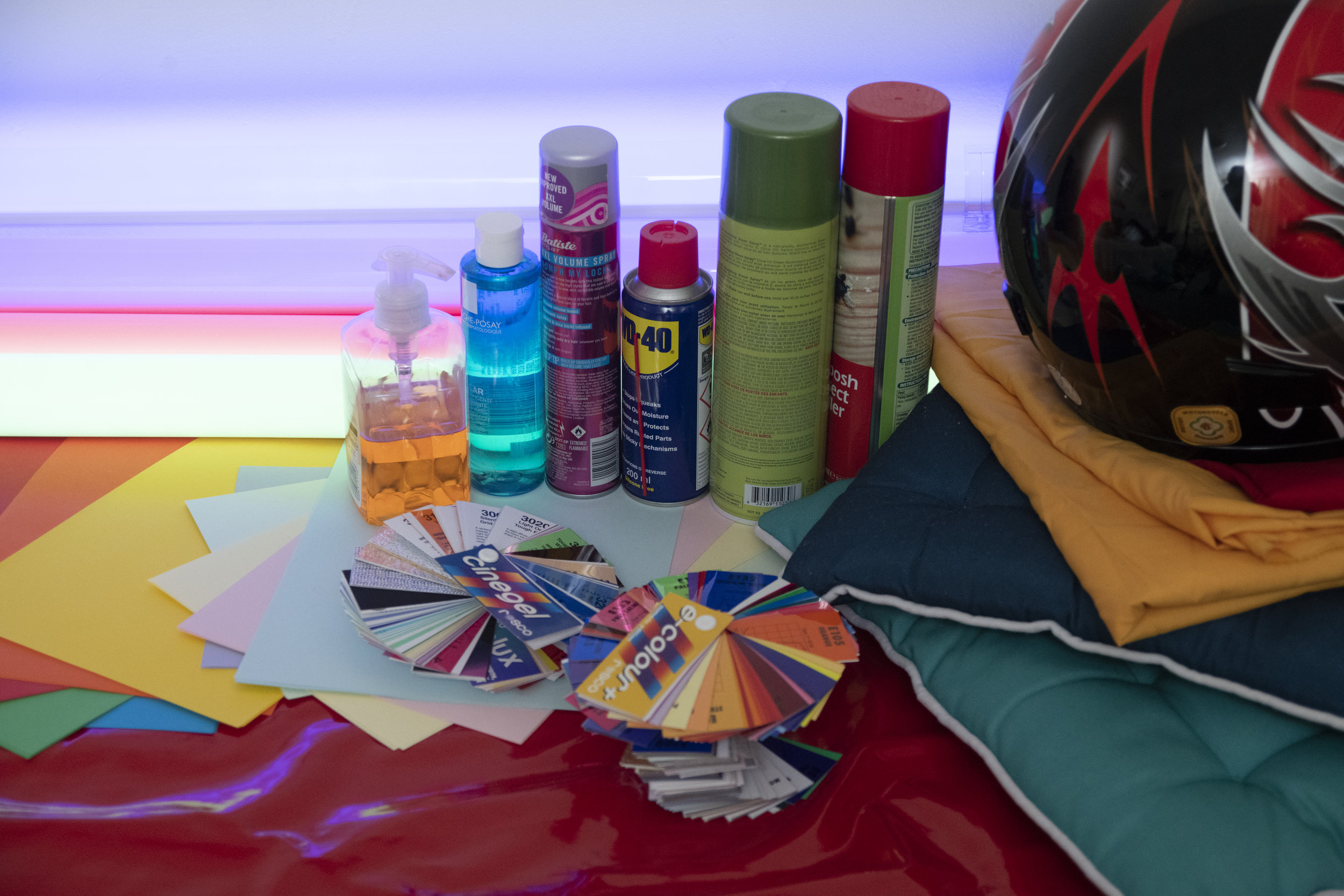







Below are some tight crops of varying elements of the two scenes from each of the two cameras. If you're viewing this on your computer browser then I've aligned the galleries so that the D610 and the D850 images sit side by side, making it far easier for you to compare the respective shots from each of the models.
D610






D850






D610






D850






D610






D850






D610






D850






The Results
Camera Cataracts
So granted that's an awful lot of images and I feel they speak for themselves but I'll share my opinions below for those of you that are interested.
Let's just deal with the elephant in the room right away here. Below is a side-by-side comparison of the same image from both cameras, the D610 is on the left and the D850 is on the right. Frankly, I was utterly stunned, there's no other word for it and I triple checked the file data and file numbers as I was convinced these two shots were not taken under the same lighting conditions and with the same settings.
Below: The image on the left is from the D610 and the image on the right is from the D850
You need no technical acumen to be able to see the difference between these two files. The D610 looks like its been photographed through cataracts and if you're unsure of what cataracts are, let's take a look at the medical definition of them.
"A cataract is a clouding of the lens in the eye which leads to a decrease in vision. Symptoms may include faded colors, blurry vision, halos around light, trouble with bright lights, and trouble seeing at night."
This pretty much describes exactly what is going on with this D610 file. Halos around lights, faded colours and blurry. The D850 in comparison is clean, sharp and shows utterly incredible definition between very contrasting colours resulting in a stunning level of saturation and clarity. I can go on but the D610 is producing nothing short of a very muddied and cloudy image compared to what feels like a bright sunny day from the D850. It was these two images alone that closed the book on the 'was it worth the upgrade' discussion. Even if you don't read any more of this article, I feel you already have more than enough information to make the necessary decision.
Colour Clumping
In the images below, both shots were purposefully underexposed via not firing the flash. In Lightroom the images were brightened by three stops each to compensate and simply exported with no further adjustments.
Below: The image on the left is from the D610 and the image on the right is from the D850
This test really looks at colour latitude and it goes a long way in showing how underexposed colour are rendered out in the files. For example, your subject may be correctly exposed but the background behind may be purposefully underexposed, and this test will show how colours are captured in the shadow areas of a shot.
Take a closer look and you'll see the colours maintain their contrast far more in the D850 file (the right hand image) after they've been corrected. And even in the colours that weren't too underexposed to begin with, like the turquoise bottle at the top of frame, look at how the D610 (left hand shot) clumps colours together to the point that the text is now unreadable. This is how colour banding forms and there's far more colour definition in the D850.
Moire
One other thing that I'd heard talk of was the moire effect being far less noticeable on the D850. Moire is that odd optical illusion that happens when photographing tight patterns like fabric. The shots below are unprocessed crops of two correctly exposed files
Below: The image on the left is from the D610 and the image on the right is from the D850
In fairness to the D610, I can see very little difference between the two files where moire is concerned. Look at the crumpled white fabric at the top of this frame to see for yourself. Again, it's also worth noting the contrast halos appearing here again even though there is no colour involved. Look at where the grey paper meets the black paper and in the D610 file you'll see that frustrating cloudy effect once again. D610 file on the left, D850 on the right.
Exposure Latitude
Lastly, let's look at the exposure latitude and in the images below I've purposefully overexposed a shot by three stops and then reduced the exposure in Lightroom by three stops to compensate. This is a crude but effective method of forcing extremes in exposure in a single file to see how lights and darks perform when being badly lit. The images were exported with no further adjustments.
Below: The image on the left is from the D610 and the image on the right is from the D850
In fairness again there's very little difference in these two shots. The D610 shot is on the left and the D850 shot is on the right. The only noticeable difference is a slight increase in colour in the D610 due to the aggressive exposure compensation. This is very common and we're used to seeing it in high ISO images but it can be forced in tests like these too. Even with three stops of compensation, the D850 has very little, if any colour increase whatsoever in the pixels. The blacks and whites on the left and right are incredibly clean and the contrast is maintained which can be seen in the white fabric in the top left.
Closing Comments
In all honestly I can go on and on discussing the image quality differences at varying ISO's, why I'll never take my D850 off ISO Lo.1 and more, but as you expected, the D850 excels in all of them when compared to a camera from a few years ago. So was the upgrade worth it? Yes, and although I was initially very sceptical of the new D850 thanks in part to Nikons obscure and frankly very poor marketing methods of selling the 'quality of life' features over actual image quality! Thankfully this test has proven itself beyond my wildest expectations to be a significant upgrade for what really matters for photographers, image quality and not the damn tilting touch screen or improvements to the 'picture modes'!
The biggest factor by far is that cataract/haloing effect and the subsequent issues it produces. With all light seemingly bleeding and bouncing around on that old chip of the D610, it leads to a lack of contrast, a lack of saturation and of course and very significant lack of sharpness. Truth be told, I was aware of this effect happening in my images on my D600 and D610, but I always blamed the lenses and never the camera. I now know better and although I can't say if this problem was fixed in the D800 and D810 it's certainly fixed now in the D850.
I'd love to discuss these images further and although this article was supposed to be a quick camera test article, the results threw me way off and I had to investigate further, resulting in this monster article. If you're interested then I urge you to compare some of the other shots I've provided here too. Notably, look at how the two cameras perform at ISO 3200 and also look at how the D850 performs at ISO 200 compared to ISO 30 (Lo. 1). That quality at Lo.1 is nothing short of incredible which is counter to what I hear people saying about always trying to shoot at the native ISO for the best quality.
If you have any questions or points to add, I'd love to hear them in the comments below. Also if something doesn't make sense, I apologise but let me know and I'll explain it further or correct something if need be.
Also, If you're new here then feel free to join our very active community of like minded lighting-nerds (c'mon, admit it, you're one of us :D ) on my Facebook page. I'm always discussing lighting ideas and offering feedback on community images over there.
If you'd like to stay up to date on more photography related tips and techniques then sign up to my mailing list where I'll send you a monthly roundup of all my articles (plus signing up gets you a free 10 page studio lighting pdf too :) ). Thanks again and I'll see you all in the next one.
:WARNING: Let me save you some money, don't buy a D850, check out these cool, utterly unrelated alternative purchases instead.
If you're interested in any of my work and would like to know more about how I created some of my shots then why not check out my workshops. Here you can find out everything there is to know about Gelled Lighting, Long Exposure Flash Photography and my entire Post-Pro Workflow. Jake Hicks Photography - Workshops
I've also just released a brand new 22 hour complete Gelled Lighting Tutorial video. I go over everything from studio lighting setups with gels to being on location with gels plus I also go through my complete retouching and post pro workflow. For more details and complete breakdown of everything that's include check out my Coloured Gel Portraits Tutorial
I also offer comprehensive coloured gel packs. These collections of gels are what I use day to day to create some of the most highly saturated colours around. If you're looking at getting into gelled lighting or need to get stronger and richer colours in your coloured gel work why not check out my Jake Hicks Photography Gel Packs

















